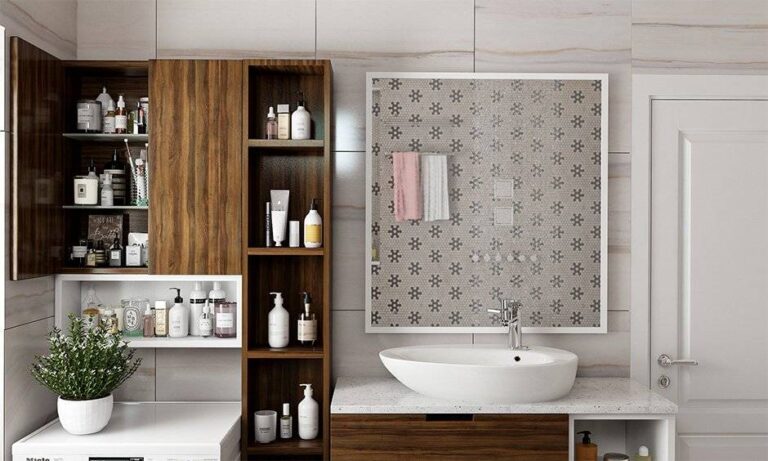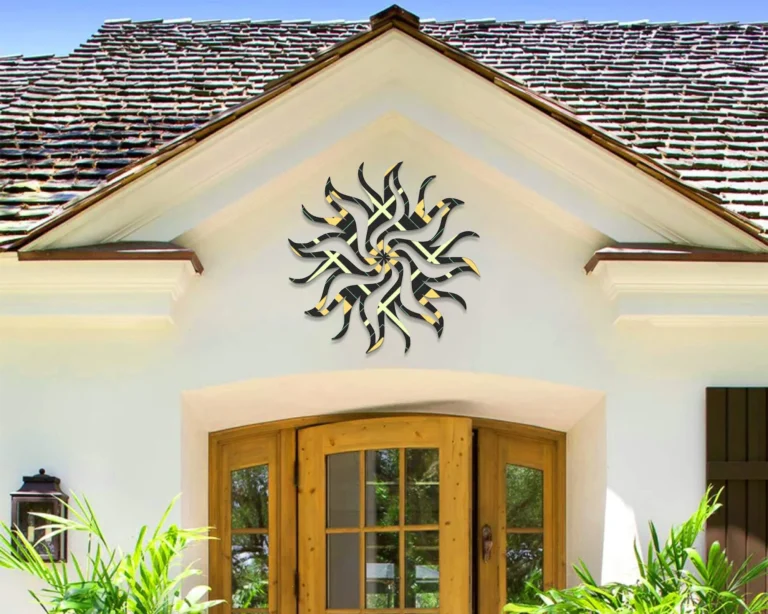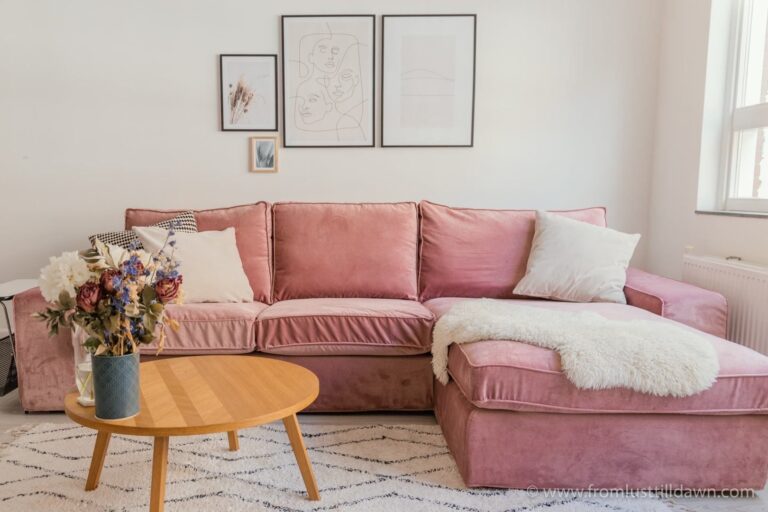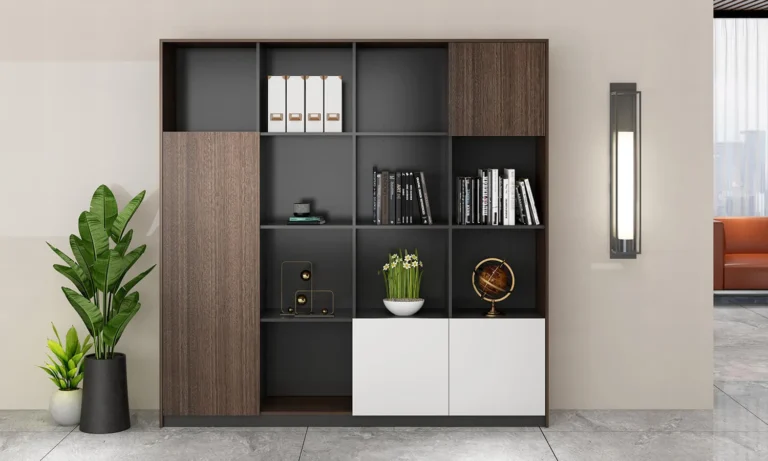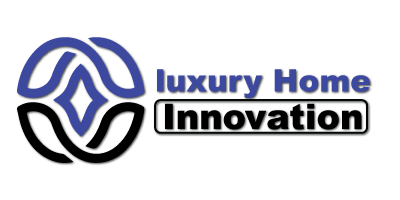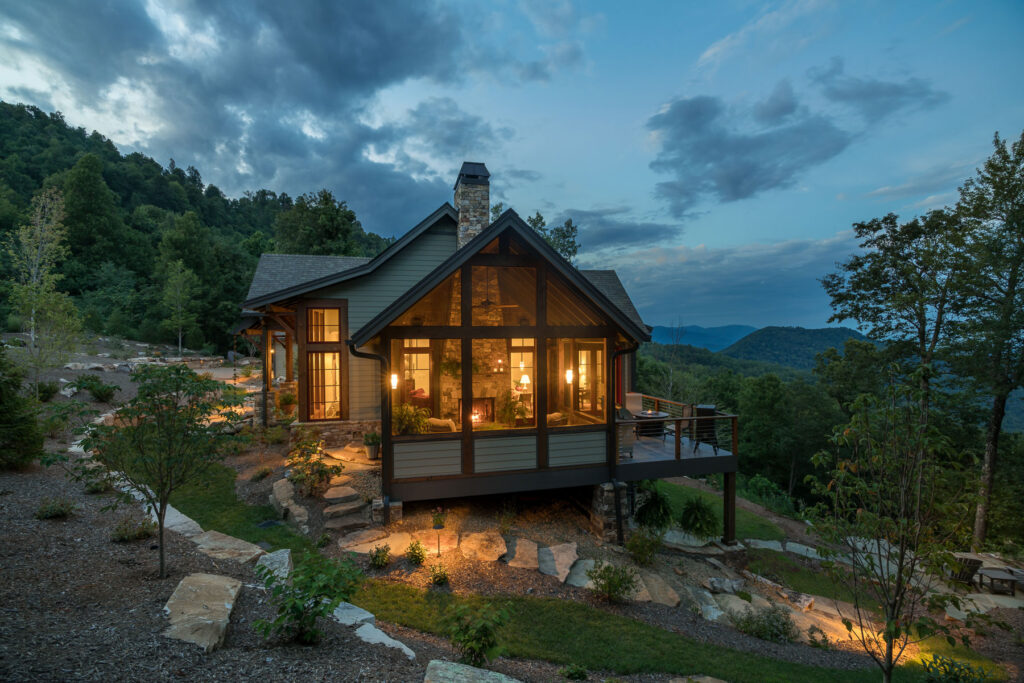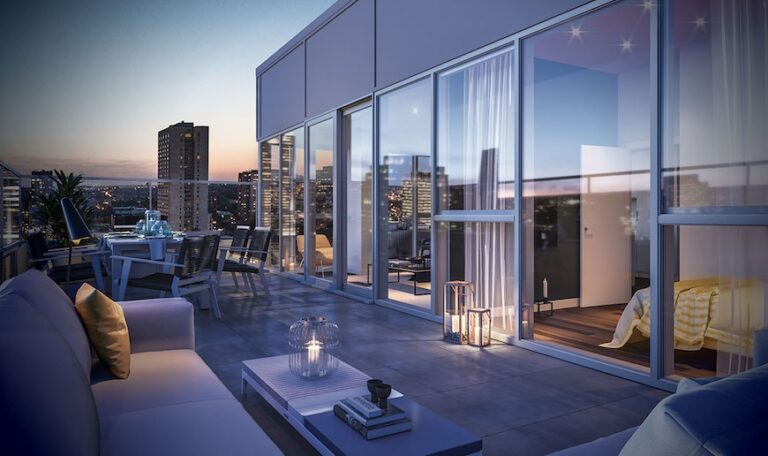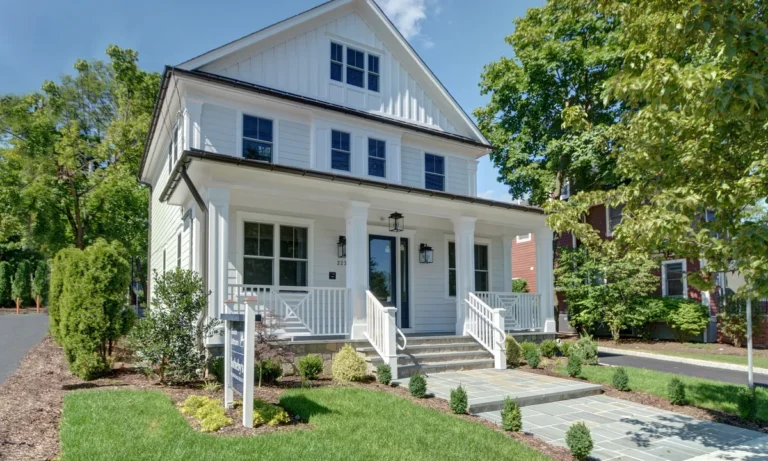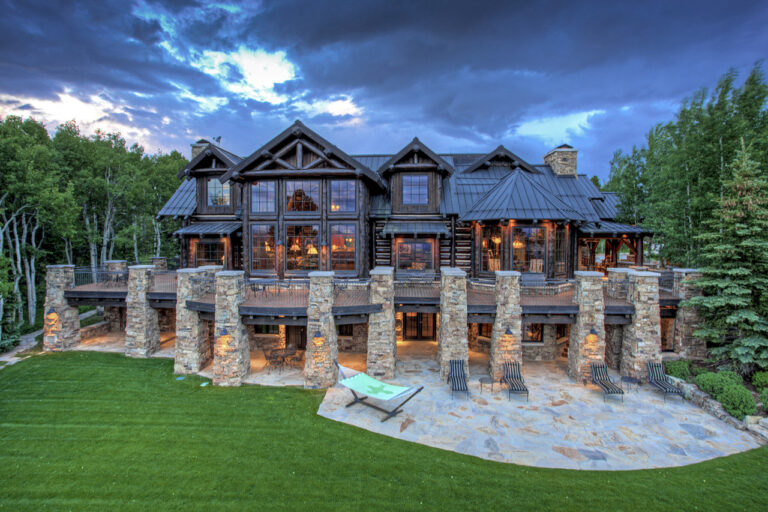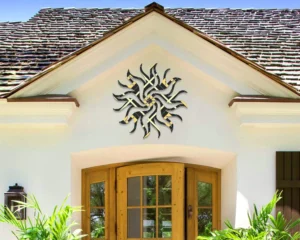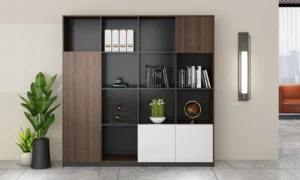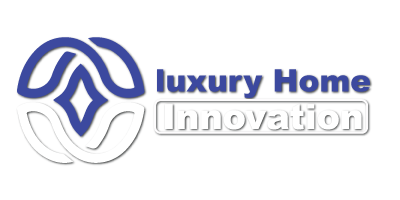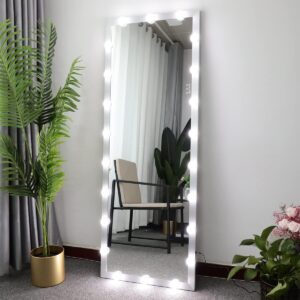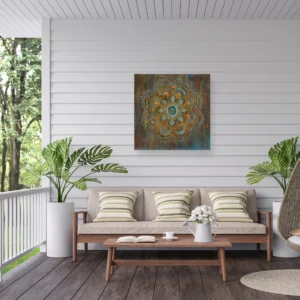It was a moment that would forever change how Sarah and Michael viewed their future. After years of living in the hustle and bustle of the city, they had taken a weekend trip to the mountains for a much-needed break. As they sat on the porch of a quaint cabin, coffee in hand, they watched the fog lift over the valley, revealing a stunning panorama of pine-covered hills and snow-capped peaks. The peacefulness of the scene brought them to a realization: they wanted more than just a weekend retreat. They wanted a mountain house of their own—one that they could escape to whenever city life became overwhelming. What had started as a casual thought during their mini-vacation quickly turned into a search for the perfect piece of mountain property. Soon, the couple found themselves navigating the world of mountain homes, from finding the right location to choosing the ideal design for their retreat.
In this article, we’ll guide you through buying or building a mountain house, examining everything from the benefits and challenges of mountain living to the costs involved and the architectural considerations that make mountain homes unique. Whether you’re dreaming of a cozy cabin nestled among the trees or a luxurious alpine estate with panoramic views, we’ll help you understand what it takes to make your mountain house dream a reality.
Why Choose a Mountain House?
The allure of a mountain house is undeniable. Something is captivating about waking up to fresh mountain air, surrounded by nature’s beauty, and far removed from the pressures of urban life. Mountain homes offer a unique lifestyle that many find both peaceful and refreshing. But what draws people to these homes explicitly?
- The Call of Nature
For many, a mountain house’s primary appeal is its proximity to nature. Whether it’s the breathtaking views of towering peaks, access to hiking trails, or the opportunity to observe wildlife up close, living in the mountains connects homeowners to the environment in ways that urban or suburban living cannot.
- Stat: According to a survey by the National Association of Realtors (NAR), 53% of buyers looking for vacation homes prioritize properties near outdoor recreational activities like hiking, skiing, and fishing—many of which are readily available in mountain environments.
- A Slower Pace of Life
Mountain homes are often seen as the antidote to the fast pace of city living. For those looking to escape the noise, traffic, and constant rush of urban areas, a mountain house offers tranquility and the opportunity to focus on relaxation, family time, or creative pursuits.
- Seasonal Appeal
One of the unique aspects of mountain living is the beauty of all four seasons. From the vibrant fall foliage to the pristine snow in winter, a mountain house can provide a front-row seat to nature’s most beautiful transitions. This appeal is powerful for individuals looking to engage in seasonal activities like skiing, snowboarding, or simply enjoying the changing scenery.
- Stat: According to Redfin, buyer demand for mountain properties in regions with ski resorts or outdoor recreation increased 36% in 2022 as more people sought seasonal second homes or remote work retreats.
- Investment Potential
Mountain homes can also be a wise investment. Whether you’re looking to buy a property for personal use or as a vacation rental, the demand for mountain houses often remains strong due to their limited availability and high desirability among vacationers and retirees.
- Stat: The average value of mountain homes increased by 9.8% annually over the past decade, particularly in regions near popular national parks or ski resorts, according to data from Zillow.
Choosing the Right Location
Several factors must be considered when finding the perfect location for your mountain house. Your choice of location will affect the cost, your access to amenities, activities, and your overall experience of mountain living.
- Proximity to Recreation and Amenities
Are you dreaming of a house near a ski resort or hiking and biking trails? Or do you want a remote cabin with total privacy? Identifying your lifestyle priorities—proximity to outdoor activities or access to modern conveniences—will help narrow your choices.
- Example: In Colorado, areas like Aspen or Vail offer high-end luxury homes with ski-in/ski-out access, but they also come with a premium price. On the other hand, places like Crested Butte or Telluride offer beautiful scenery and outdoor activities but at a lower price point, making them attractive for buyers seeking a balance between cost and recreational access.
- Altitude Considerations
The altitude of your mountain house can affect your comfort and lifestyle. While higher elevations offer cooler temperatures and stunning views, they can also come with challenges such as thinner air, slower recovery from physical exertion, and potentially limited access during snowy months.
- Tip: It’s important to visit potential properties at different times of the year to experience the seasonal conditions and how they might affect access, utility availability, and overall comfort.
- Local Infrastructure
Access to essential services is crucial even if you’re looking for a remote getaway. Ensure that the area you’re considering has reliable infrastructure like power, water, internet connectivity, and good road access. These services can be more difficult or costly in some mountain regions, especially during winter.
Building a Mountain House: Design and Construction Considerations
Once you’ve chosen your location, it’s time to consider the design and construction of your mountain house. Due to their environments, mountain homes have unique design requirements, so working with architects and builders experienced in mountain construction is essential.
- Adaptation to the Environment
Mountain homes must be designed to handle the elements, including snow, wind, rain, and temperature fluctuations. For example, steeply sloped roofs are essential in regions with heavy snowfall to prevent snow accumulation and reduce the risk of roof damage. Additionally, durable materials like stone, timber, and metal are often used to withstand harsh weather conditions.
- Stat: According to a report from the National Association of Home Builders (NAHB), 47% of mountain homeowners prioritize energy-efficient materials and designs, such as passive solar heating, to help reduce heating costs in colder climates.
- Energy Efficiency
Since mountain homes are often in cooler climates, heating and insulation are critical concerns. High-performance windows, well-insulated walls, and energy-efficient heating systems like radiant floor heating can significantly reduce energy bills and enhance comfort.
- Maximizing Views
A vital feature of any mountain home is the view. Whether it’s a panoramic vista of the surrounding peaks or a serene forest, homeowners should prioritize designs incorporating large windows, expansive decks, or outdoor spaces to enjoy the scenery fully.
- Tip: Work with an architect to position the home to maximize natural light and provide unobstructed landscape views, particularly in living areas and master bedrooms.
Cost of Buying or Building a Mountain House
The cost of building or buying a mountain house can vary greatly depending on location, materials, and size. However, mountain homes are often considered a premium real estate investment due to their construction challenges and desirable locations.
- Building Costs
On average, the cost to build a mountain house can range from $200 to $400 per square foot, depending on the materials used and the complexity of the design. Remote locations can also add to construction costs due to the difficulty of transporting materials and the need for specialized labor.
- Stat: HomeAdvisor says the average cost to build a 2,500-square-foot mountain home in 2023 is approximately $500,000 to $1 million, though custom-built homes with luxury features can cost significantly more.
- Buying an Existing Mountain House
If you’re buying an existing home, prices will depend on the market’s location, size, and demand. In high-demand areas like Jackson Hole, Wyoming, or Aspen, Colorado, prices for mountain homes can easily exceed $2 million. In more remote or less tourist-heavy regions, prices for a well-appointed cabin range between $400,000 and $800,000.
- Stat: According to Zillow, the median sale price of mountain homes in the western U.S. increased 12% in 2022 due to increased demand for remote properties as more people sought second homes or work-from-home retreats.
Conclusion: Making the Mountain House Dream a Reality
For Sarah and Michael, building their mountain house meant more than just a physical retreat—it represented a lifestyle change. Whether looking for a serene weekend getaway or a full-time residence in the peaks, a mountain house offers tranquility, adventure, and natural beauty.
The journey to owning a mountain home can be both exciting and challenging. Still, with careful planning—choosing the correct location or designing the perfect layout—you can create a retreat that feels like a true sanctuary. Whether you build or buy, a mountain house is an investment in property and lifestyle, offering the perfect escape from the everyday hustle and a chance to reconnect with nature.
